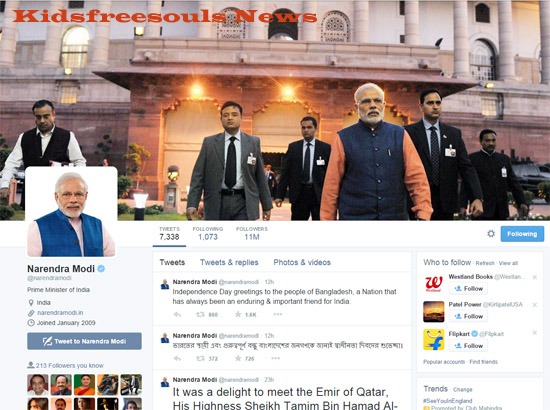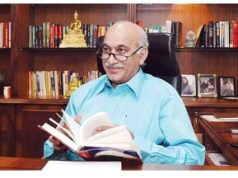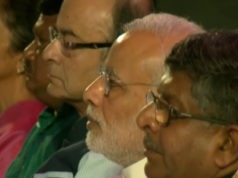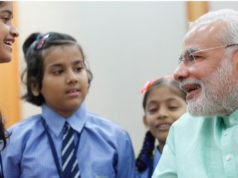Social media platform Twitter on Tuesday launched Twitter Samvad in collaboration with the Indian government so as to allow people to receive tweets as SMSes from government offices, including the Prime Minister’s Office.
PM tweeted on the new collaboration: “Lets deepen our connect! Give a missed call on 011 3006 3006 & get my Tweets on your mobile as SMS.”
Users are required to give a missed call to the numbers associated with the accounts to follow the specific Twitter account.
On placing the missed call, users will start to receive a curated set of tweets throughout the day from the government offices they had called.
In case of emergency, government offices will be able to send push messages to people who had given them a missed call.
The service was launched by Prime Minister Narendra Modi at his meeting here with Twitter chief executive Dick Costolo, who told media persons after the meeting that “based on Indian technological innovation, Twitter Samvad is dedicated and specially built for the largest democracy of the world”.
“As part of the Prime Minister’s Digital India initiative, this tweet-powered service enables citizens to be the first to know about the government’s actions by receiving political content in real-time on their mobile devices anywhere in the country.”
The event comes on the day the Supreme Court upheld the social media users’ freedom of expression as guaranteed by the constitution, by striking down section 66 A of the Information Technology Act, 2000.
As of now, 16 government offices, including the ministry of railways, the Bengaluru police and the chief ministers of Uttar Pradesh and West Bengal are participating in Twitter Samvad, which is powered by Bengaluru-based ZipDial, which was recently acquired by Twitter.
Calling it a “milestone moment for Twitter, which was invented on SMS”, Costolo said: “Making Digital India (campaign) a two-way relationship is something we’re very proud of.” Costolo also said that Twitter has collaborated on similar lines with various governments globally, including with Japan’s emergency services after the Fukushima disaster in 2011.
{jathumbnail off}
Sources: Google








